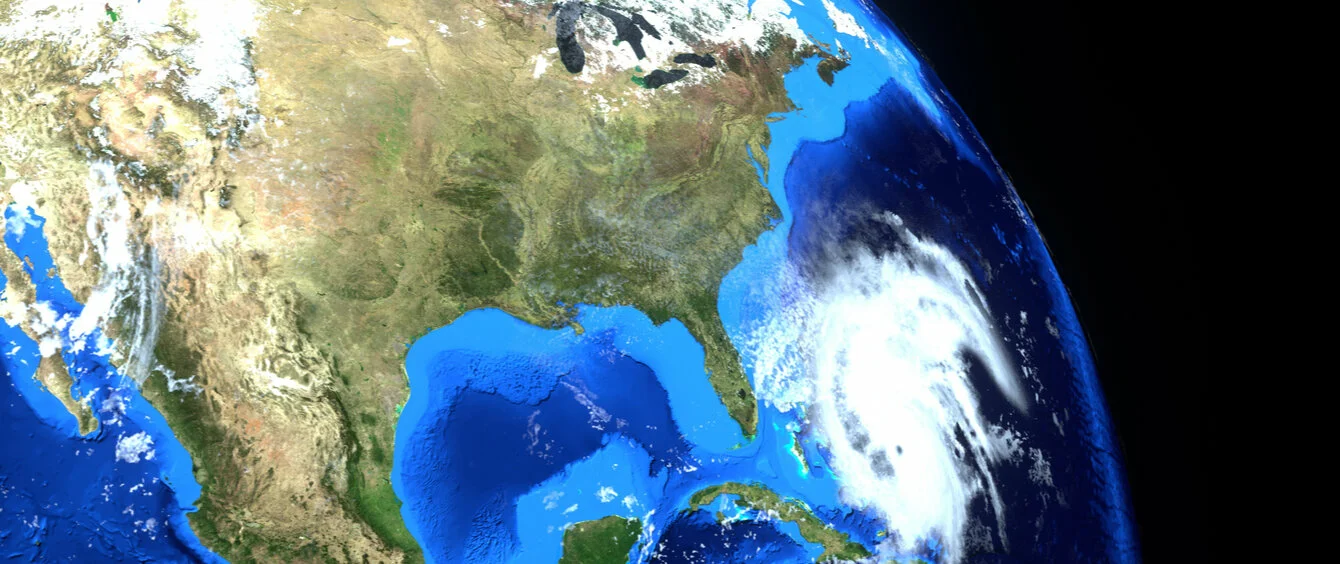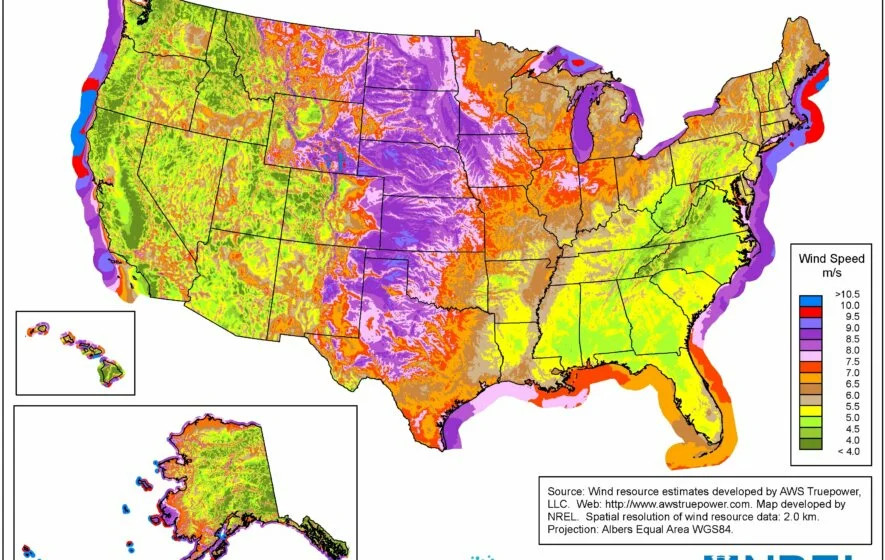On the country’s windy eastern seaboard, six US states have set targets for offshore wind development, which now total 25,400 MW. This capacity is expected to be in place between 2026 and 2035. The six states are New York, Massachusetts, Connecticut, New Jersey, Maryland and Virginia.
New Jersey is the latest to raise its sights, announcing in November a doubling of its offshore wind energy target from 3.5 GW by 2030 to 7.5 GW by 2035. This is surpassed only by New York, which is targeting 9,000 MW by 2035. In September, Virginia announced a 2,500 MW target by 2026.
To date the US has only a single offshore wind farm in operation, the 30 MW Block Island farm off Rhode Island.
Even these targets barely scratch the surface of the US eastern seaboard’s wind resource. According to the US National Renewable Energy Laboratory, the eastern seaboard states have a huge net technical resource capacity of 493,859 MW in water depths not exceeding 60 meters. North Carolina leads with 96,203 MW, while Massachusetts follows with 83,395 MW.
The wind potential on the US East Coast
Offshore wind potential in megawatts (MW); Sources: NREL 2016 Offshore Wind Energy Resource Assessment for the United States, media reports and state government announcementsAssessing the potential
Other states have yet to set targets, but interest is growing in both the clean energy offshore wind could provide and the possibility of job creation in the evolving offshore wind supply chain.
In November, Maine approved its first offshore wind project with capacity of 12 MW, having only earlier in the year overturned a ban on new wind permits, while North Carolina governor Roy Cooper approved an analysis of the state’s offshore wind potential.
On December 4, New Hampshire governor Chris Sununu signed an executive order to establish advisory boards to prepare his state for offshore wind development.
As these studies are completed, more eastern seaboard states may set development targets, raising yet further the US’ burgeoning offshore wind ambitions.
Photo credits: Sasa Kadrijevic, shutterstock.com

